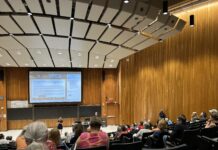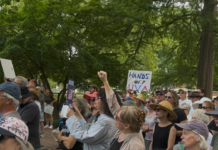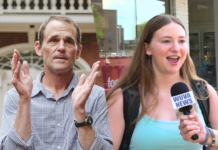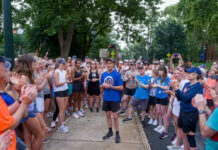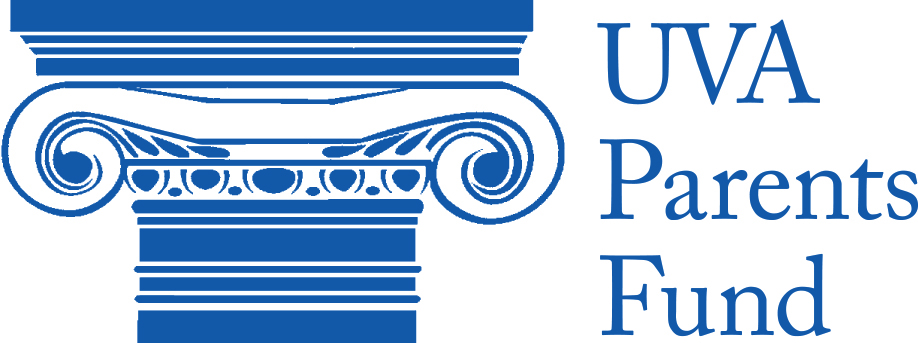The world is growing smaller and the previous four years of political, social, and cultural change have left lasting scars on our community not just as Americans, but as Hoos. From Rolling Stone’s explosive “A Rape on Campus” libel to the recent Charlottesville riots, students and administration alike are no 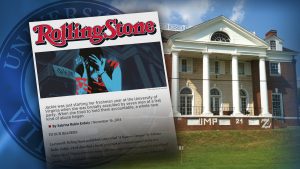 stranger to public relations nightmares, but what really are the tangible effects of four years of bad press?
stranger to public relations nightmares, but what really are the tangible effects of four years of bad press?
Let’s start with the most obvious statistic: admissions rates. Are high schoolers still interested in spending their undergraduate days on grounds?
In 2013, before the surge of scandals that might affect the numbers, there were 31,336 applicants and 8,972 offers–producing an admission rate of 28.9%.
The following year, in the aftermath of the Rolling Stone article “A Rape on Campus,” and the disappearance of Hannah Graham, applicants dropped for the first time in twelve years to 31,021 applicants of which 8,997 were accepted (29.0%). Since then, however, admission rates have declined steadily to 28.5% in 2015, 27.3% in 2016, and now 27.0% in 2017, despite the national headlines involving North Korea and the KKK. Admissions rates data is not enough to conclude that four years of PR scandals have had a lasting impact on UVa’s prestige.
Another worthwhile dataset to analyze is the status of the university compared nationally. Undeterred by a brief drop to the 6th nationally ranked public university in 2016, UVa’s place in the top two or three public universities is unshakable, according to US News and World Report. In fact, in the categories of “Best National University”  and “Best Value University,” Virginia has climbed to the highest ranks rapidly.
and “Best Value University,” Virginia has climbed to the highest ranks rapidly.
So if bad press cannot be measured in admission rates and national rankings, where can we unearth the impact?
Though outsiders’ enthusiasm for UVa has not been diminished, what are admitted students’ sentiment towards four years of rough sailing?
In the annual Gallup-Purdue Index Reports conducted by the university, self-reported student satisfaction has dropped 6% in purpose well-being, 1% in social well-being, 7% in physical well-being, and a stunning 10% in community well-being.
In 2016, only 44% of students reported a “thriving community well-being,” representing a 10% decrease since 2014, even though only a 1% drop in community well-being among university students was observed nationally.
These massive drops occurred even before the death of Otto Warmbier and Charlottesville became plagued by riots. What might they drop to now?
Despite proactive steps taken by the university to ensure UVa’s public image is untarnished, internal dissatisfaction has undeniably increased. While some students’ love for the university will never be weakened, many cannot deny the growing disillusionment with the idea of student unity that has come about due to the unfortunate events on grounds. Of course, it is hard not to feel dispirited by the weight of divisive international scandals taking once quiet Charlottesville by storm. Nevertheless, this adversity could be the start of a university-wide conversation on what exactly the “community of trust” means to the student body.
With luck, the next four years will heal the wounds of the university and leave behind a more unified and resolute community, ready to respond justly to the crises of tomorrow.







